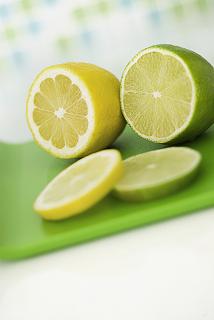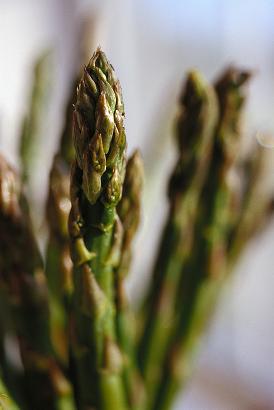 Exercise can be a dirty word, so we prefer to talk about being active. When you’re active, you’re doing things you enjoy, so it doesn’t feel like a chore. During the summer, you have a wide range of outdoor options to have fun, keep your weight down, elevate your mood, and get some fresh air. We’ve discovered a few outdoor activities you might like to try . . .
Exercise can be a dirty word, so we prefer to talk about being active. When you’re active, you’re doing things you enjoy, so it doesn’t feel like a chore. During the summer, you have a wide range of outdoor options to have fun, keep your weight down, elevate your mood, and get some fresh air. We’ve discovered a few outdoor activities you might like to try . . .
Kayaking
A highly enjoyable water sport, kayaking is similar to canoeing, but a kayak typically has a closed deck. The kayaker sits with legs in front and uses a double-bladed paddle. Any body of water, from a river to an ocean, is suitable for kayaking. If you like excitement, kayaking down swift-moving rivers, waterfalls, and rapids—also known as whitewater kayaking—is for you.
Kayaking works most of the muscles of the body, especially the torso and arms. You can certainly purchase everything you need to kayak, but kayaking companies will also outfit you on a rental basis.
Surfing
Another water sport, surfing has always been synonymous with ocean waves, but it can be done anywhere waves occur, such as lakes or rivers. The surfer rides a surfboard, a 5-foot or longer flat platform, and maneuvers the board toward a wave hoping it will carry him or her forward, called catching the wave. Once the surfer has caught the wave, he or she stands up on the board to ride the wave. Surfing takes patience and practice.
Surfing works all the major muscle groups, especially the muscles of your upper body while catching the wave, and the muscles of your core, legs, and buttocks while riding the wave. The only equipment you need is a surfboard, which may be purchased or rented.
Paddleboarding
Similar to surfing, paddleboarders ride a board, but instead of catching waves far from shore, the rider stays nearer to shore, sits or kneels on the board, and uses a swimming motion or an oar to move the board. Variations including paddle surfing and doing yoga on the paddleboard make this sport fun and accessible for almost anyone.
Like kayaking and surfing, paddleboarding is a full-body workout and is an excellent cardiovascular activity. Paddleboards tend to be longer than most surfboards, up to 15 feet or more, and can be purchased or rented.
Hiking
For those who prefer dry land or exploring, hiking offers a fun way to stay active and see the outdoors. Most serious hikers are environmentally conscious, and they walk trails in mountainous or hilly areas. Hikers receive a double benefit: exhilarating activity and incredible views. Many people get away from the hustle and bustle of their lives by hiking, and they enjoy the peace of being one with nature.
Hiking works most major muscle groups, and the higher hikers climb, the better workout they get. Equipment is simple: good hiking boots, thick socks, protective clothing, and a backpack stocked with food, water, a compass, and a map of the area. If the hike is going to be longer than a few hours or in areas without trails, the hikers should have other essentials such as a knife, fire starter, flashlight, and GPS device.
Have you tried any of these activities, and did you enjoy them? Any tips for the rest of us?














